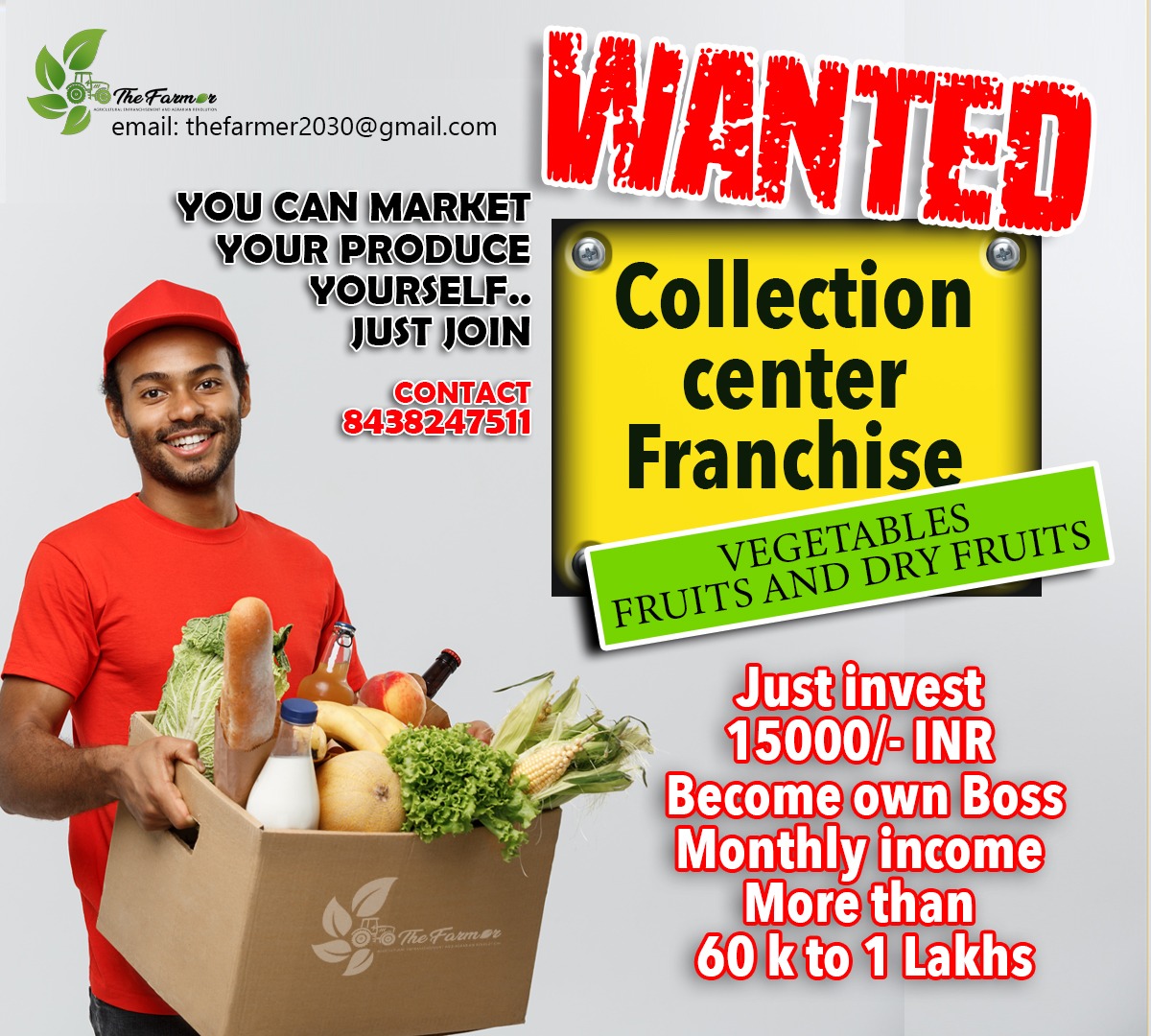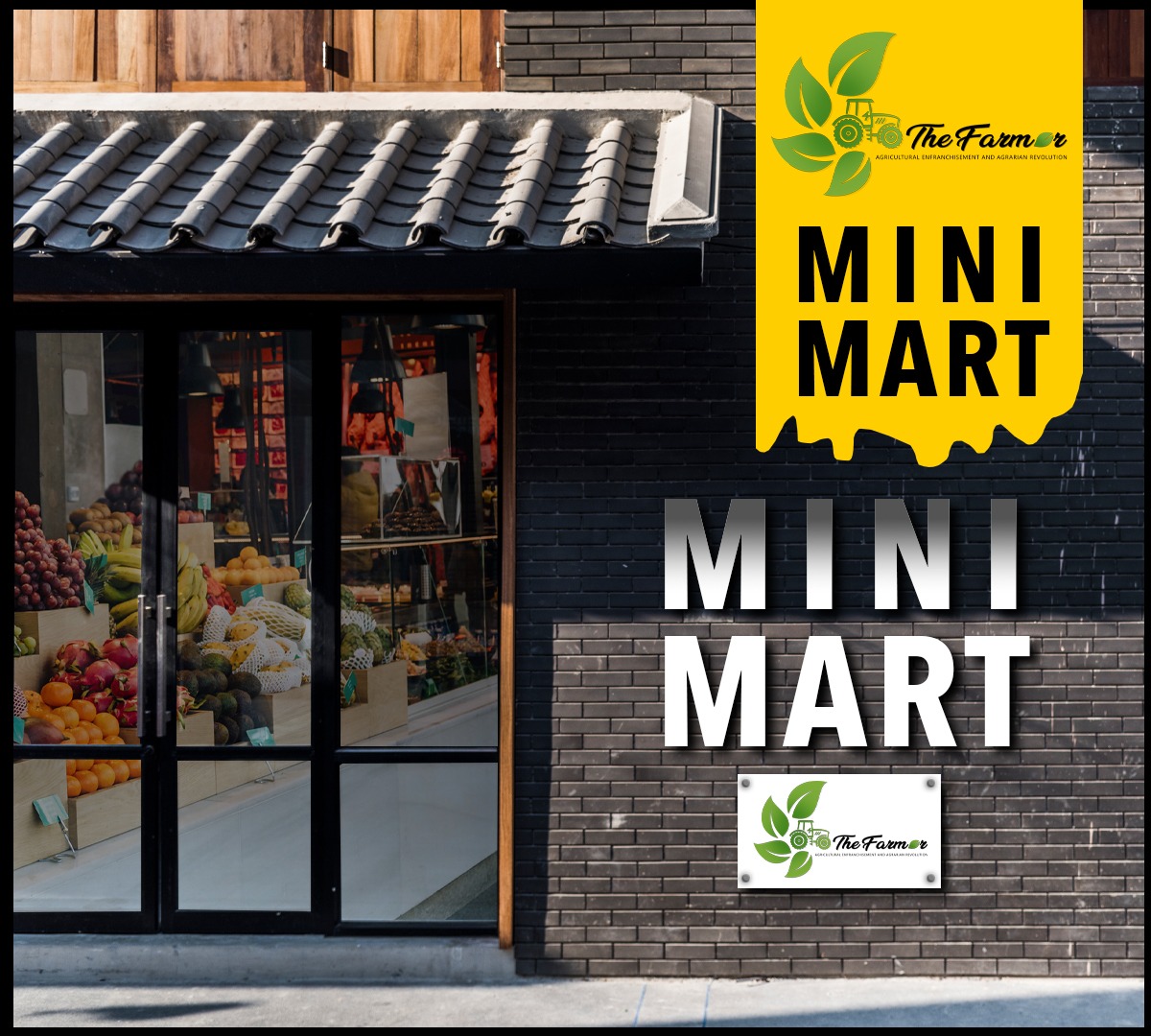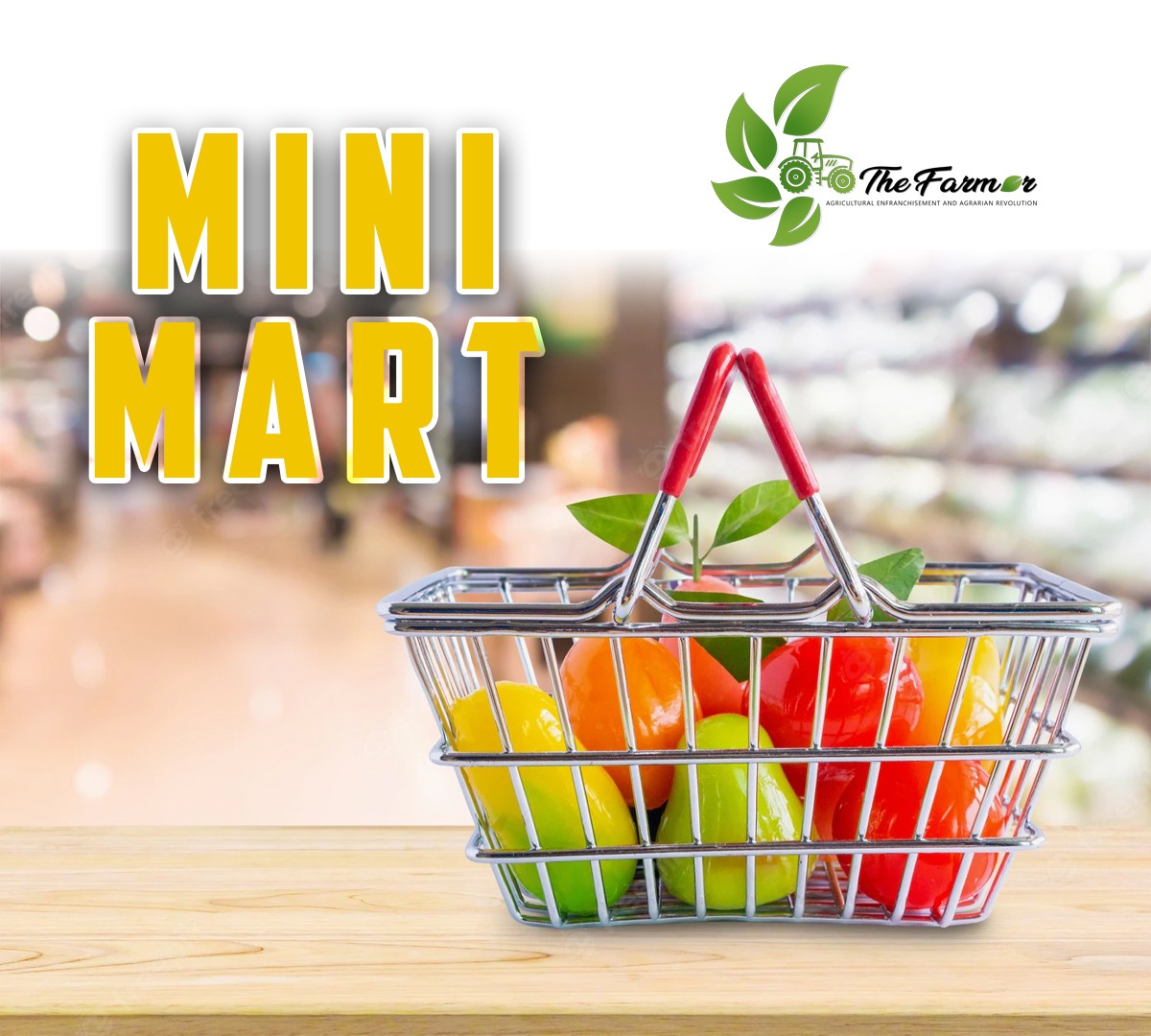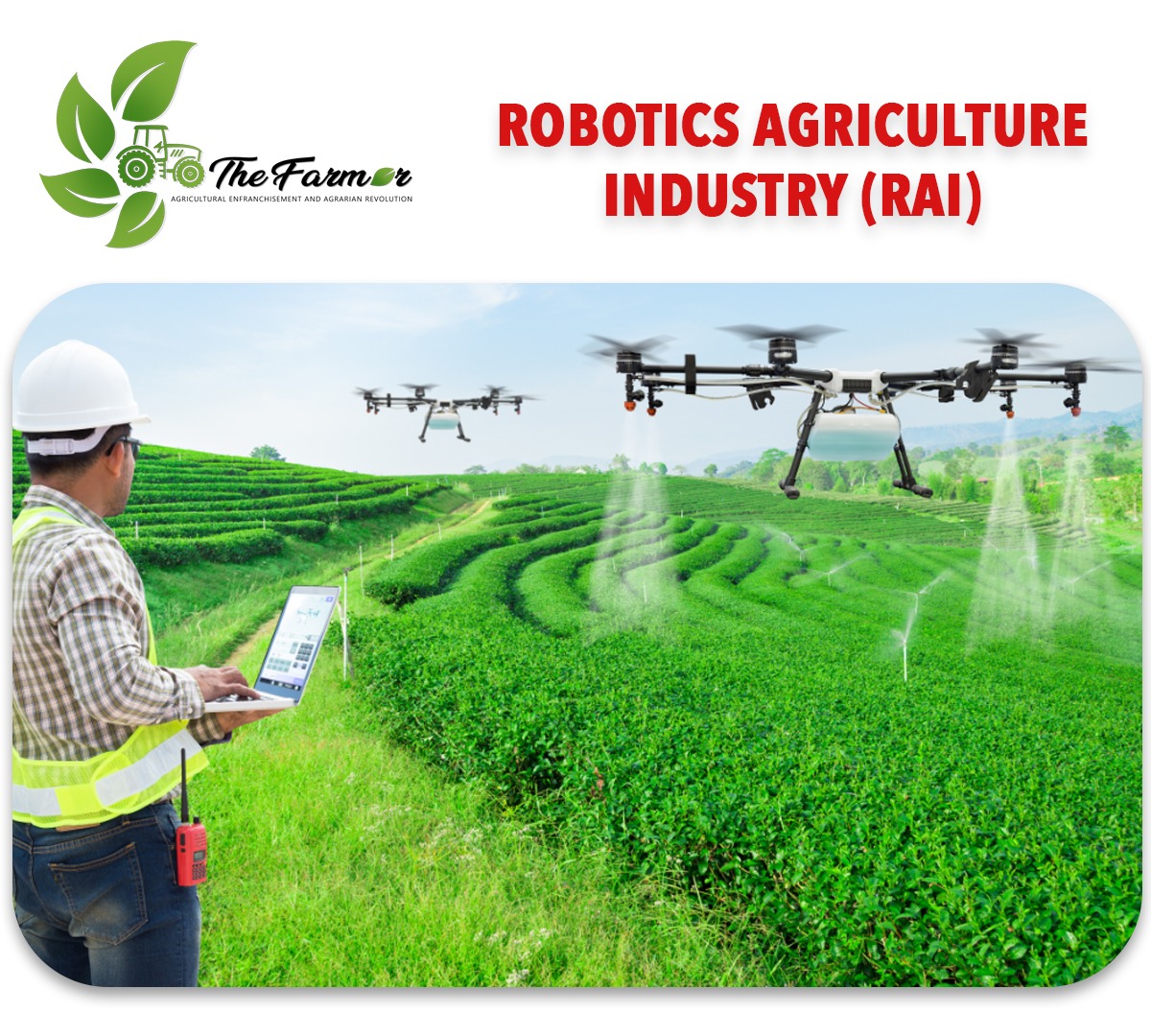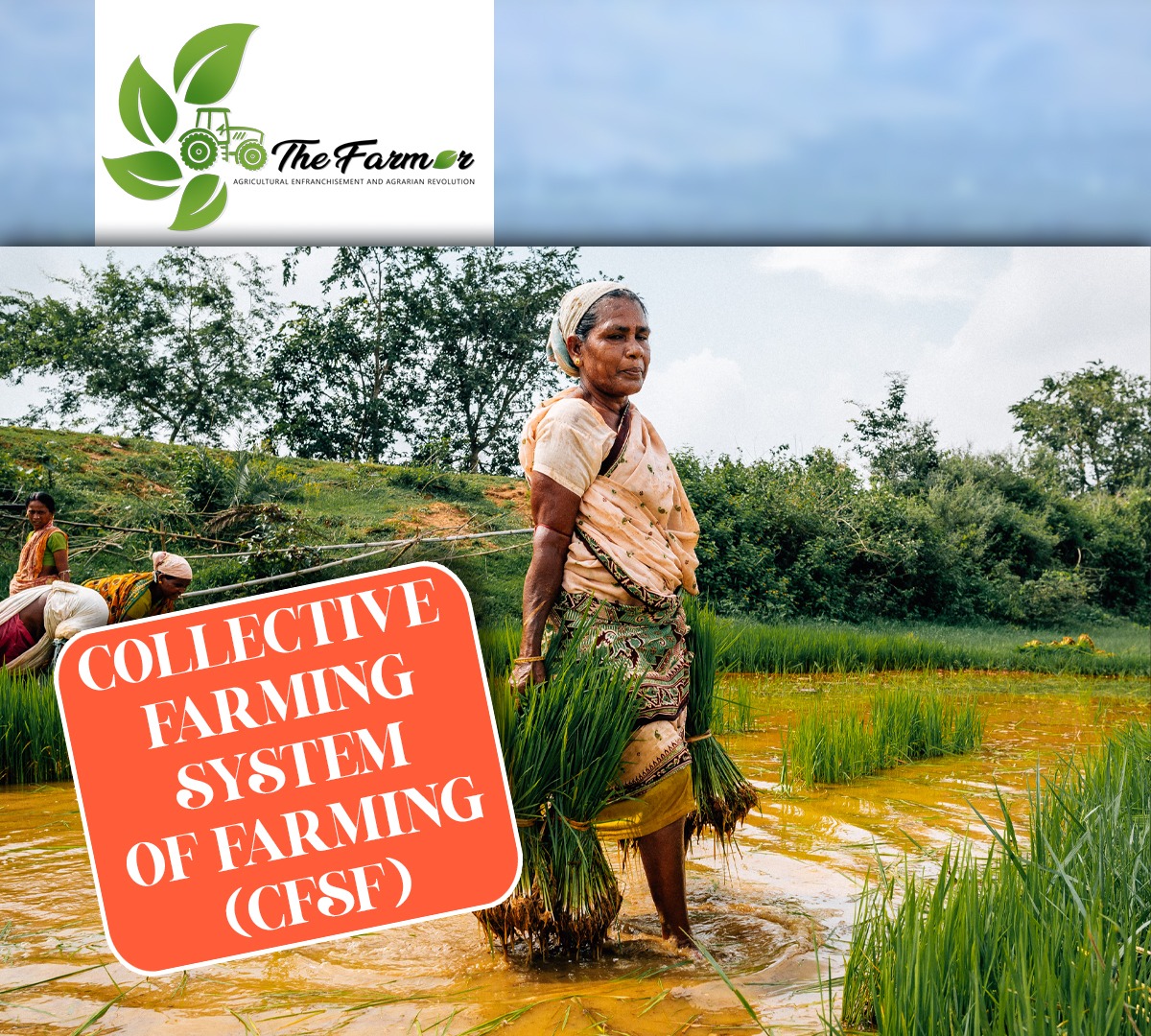Welcome to The Farmer - Revolutionizing Agriculture
Mail Anytime
[email protected]
Welcome to The Farmer - Revolutionizing Agriculture
Mail Anytime
[email protected]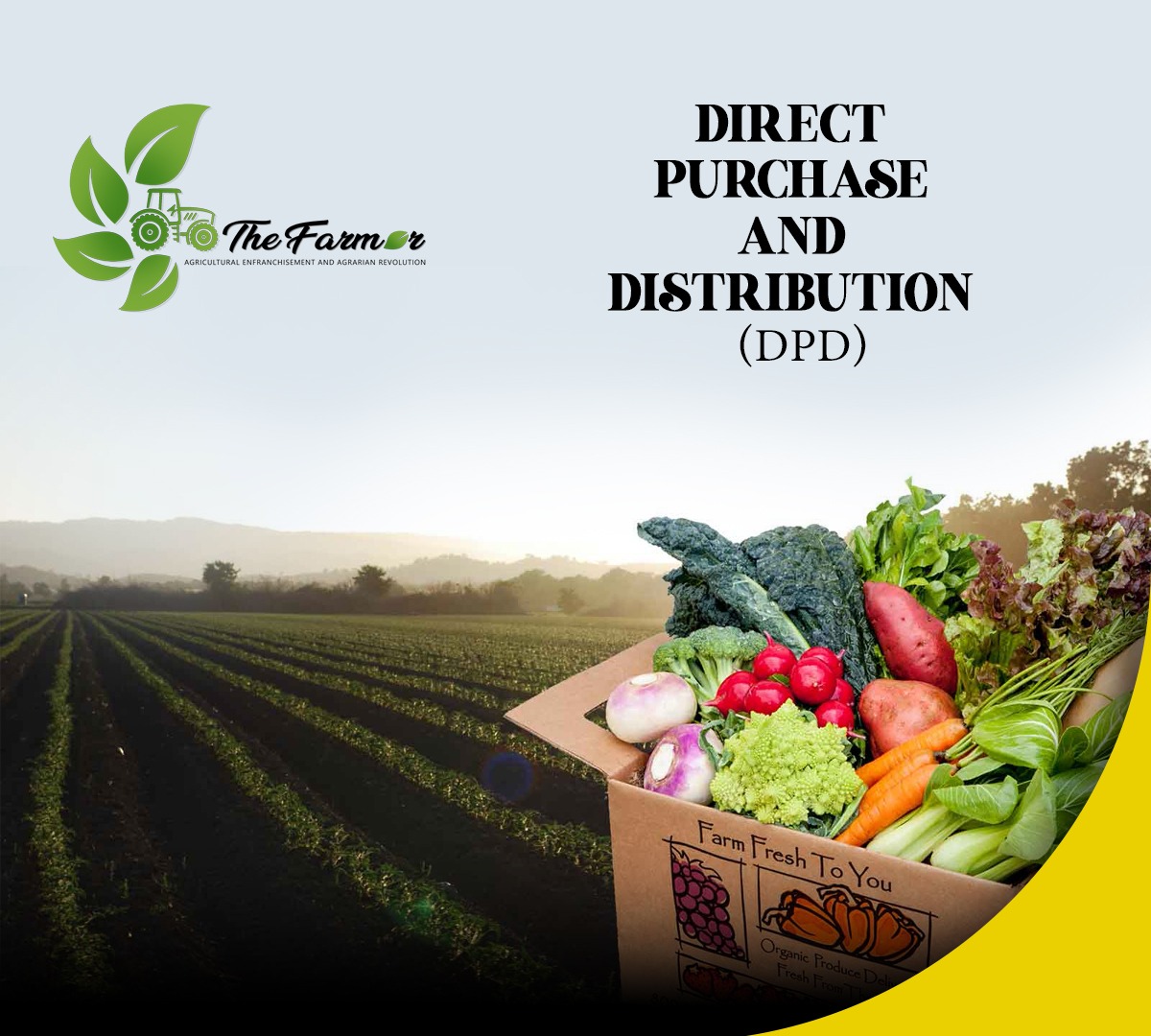
Direct purchase and distribution is a process in which farmers sell their products directly to consumers, rather than going through intermediaries such as wholesalers or retailers. This approach has become increasingly popular in recent years, as consumers have become more interested in buying fresh, locally grown produce and supporting small-scale farmers.
Direct purchase and distribution can take many forms, including farmers' markets, community-supported agriculture (CSA) programs, and online marketplaces. Farmers' markets are a traditional approach to direct sales, in which farmers set up stands at a central location to sell their products to consumers. CSA programs, on the other hand, involve consumers purchasing a share of a farm's produce in advance, and then receiving a weekly or bi-weekly delivery of fresh produce throughout the growing season.
Online marketplaces are a newer approach to direct purchase and distribution, in which farmers can sell their products through e-commerce platforms. This approach can offer many benefits to both farmers and consumers, including increased convenience, wider access to products, and the ability to connect with consumers outside of the local area.
Direct purchase and distribution can also offer financial benefits to farmers, by allowing them to earn higher prices for their products and reducing their dependence on intermediaries. Additionally, direct sales can help to reduce food waste, by allowing farmers to sell smaller quantities of produce that might otherwise go unsold.
Overall, direct purchase and distribution is a valuable approach to connecting farmers and consumers, and promoting sustainable agriculture. By supporting small-scale farmers and local food systems, consumers can play an important role in building a more resilient and equitable food system.
